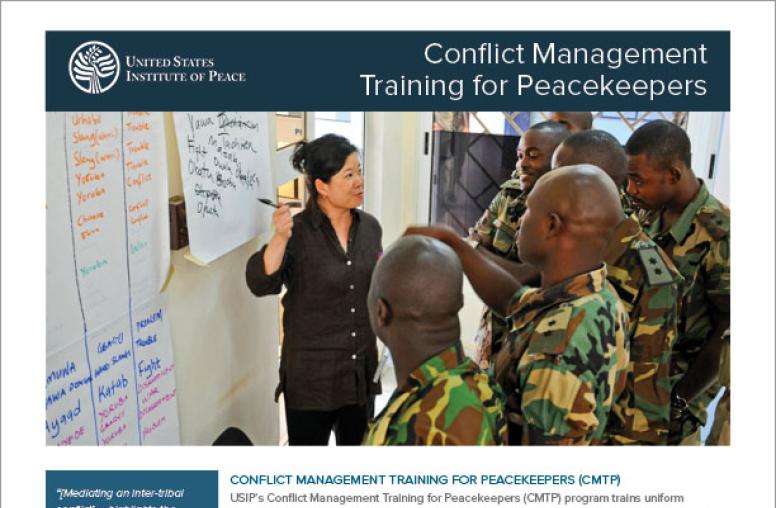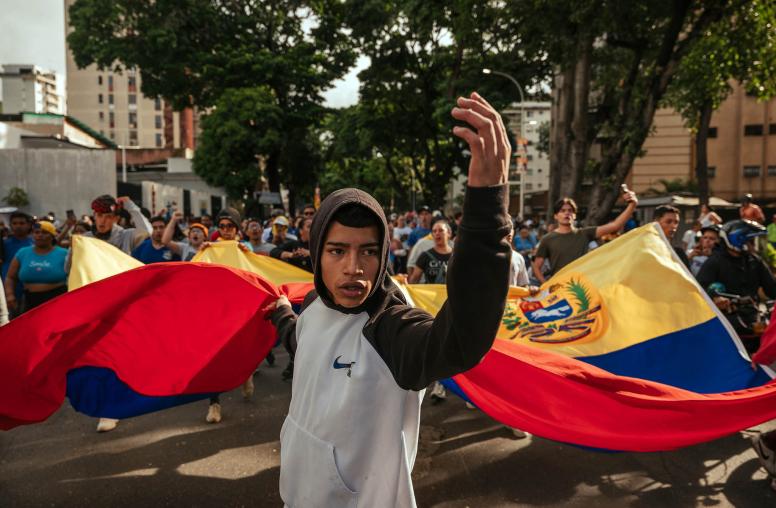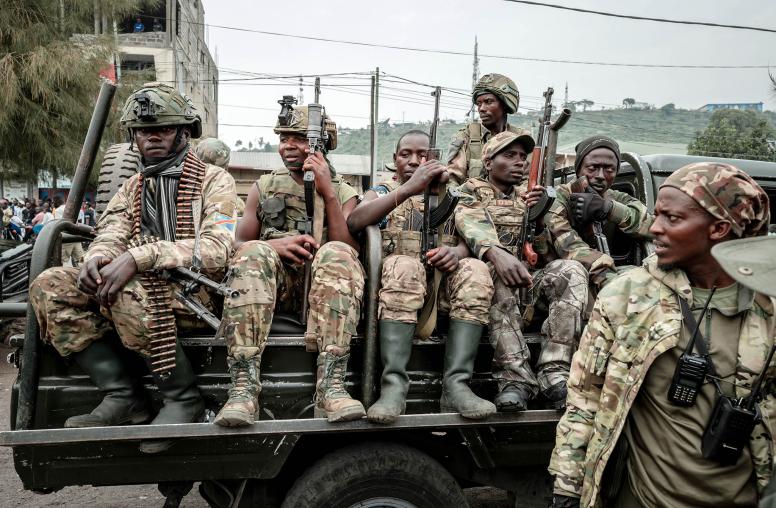Peace Mediation
This is an introductory course on peace mediation. It locates mediation within the broader spectrum of third-party approaches and helps participants understand the transformative potential of mediation. It gives peacebuilders and future mediators (both insider and external) more tools to help build sustainable peace. It further centers mediation within the peacebuilding world as a tool for supporting both official negotiations and unofficial efforts to resolve social disputes through peaceful means. In this regard, this course uses the term “peace mediation” to refer to a broader understanding of mediation beyond official peace negotiations to include efforts to encourage parties to move towards peace negotiations, peace negotiation themselves, and peacebuilding initiatives in support of the implementation of a peace agreement. It expands the understanding of mediation from a practical facilitative approach to finding mutually acceptable agreements to a transformative, participatory, and inclusive approach.

Course Objectives
By the end of this course, you will be able to:
- Differentiate mediation from other third-party approaches;
- Analyze a conflict through a mediation lens;
- Design a mediation process;
- Discuss the transformative potential of mediation; and
- Describe how mediation support strengthens the mediation process.
Agenda
Chapter 1: Peace Mediation Core Concepts
This chapter introduces basic concepts and frameworks that will recur throughout the course. It defines peace processes and support, introduces and contextualizes the spectrum of third-party interventions, and locates mediation within the spectrum, distinguishing it from other approaches. (3 Hours)
Chapter 2: The Mediation Process
This chapter introduces and builds the various sequential phases of mediation. It explains how mediation efforts and phases link with one another. It also looks at designing a process and providing mediation support. (2 Hours)
Chapter 3: Negotiating Peace
This chapter discusses how we negotiate peace and what challenges exist in mediation, and how confidence-building measures (CBMs), National dialogues, and the process of concession making strengthen the sustainability of agreements. (2 Hours)
Chapter 4: The Mediator
This chapter highlights the evolving role and mandate of the mediator from an inclusion perspective. It addresses and highlights research conducted at the United States Institute of Peace on inclusion, social movements, religion, and insider mediation. (2 Hours)
Chapter 5: Transformative Elements of Peace Mediation
This chapter elaborates on the links between conflict transformation and mediation. It discusses workshop methodology, building trust among parties, and confidence in the peace process and reconciliation. (2 Hours)
Chapter 6: Conclusion
This chapter asks you to reflect on what you've learned throughout the course and share your feedback with us. You will also take the final exam and receive your certificate for successful completion of the course. (30 minutes)
Instructors
- Dr. Juan Diaz-Prinz, Senior Expert, United States Institute of Peace
- Susan Stigant, Director, United States Institute of Peace


